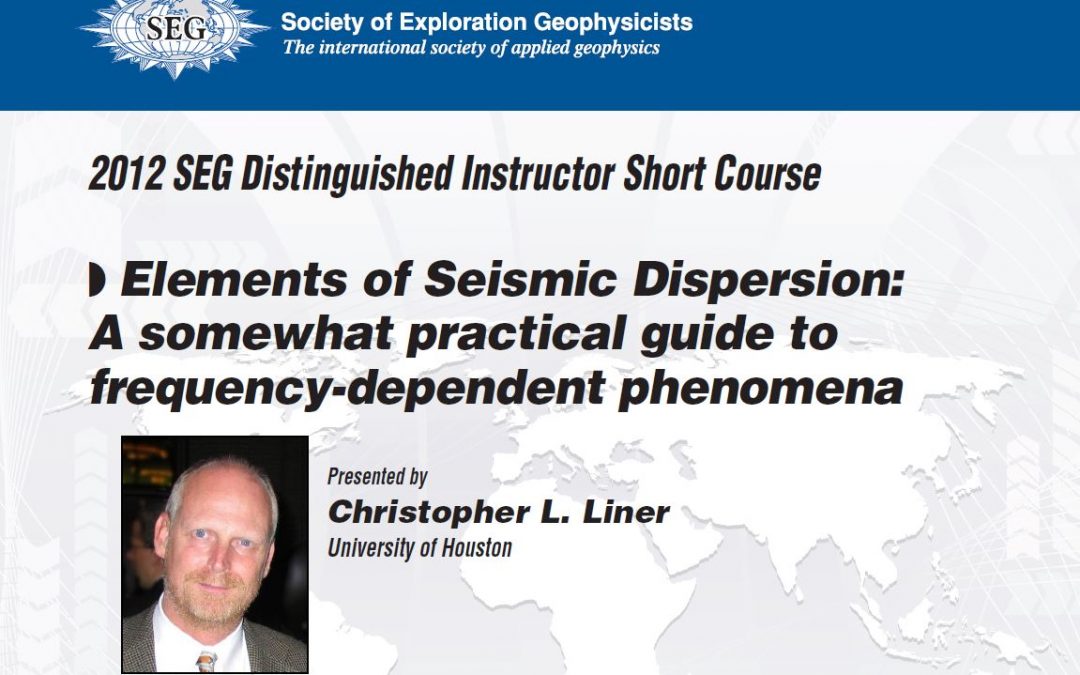Chris Liner (University of Houston)
Elements of Seismic Dispersion: a Somewhat Practical
Guide to Frequency-Dependent Phenomena
2012 SEG Distinguished Instructor Short Course (DISC)
May 21st 2012, 9.00 a.m.
eni Barbara Conference room, via Emilia, 1- S.Donato M.se, Italy
SEG, in collaborazione con la Sezione Italiana SEG-EAGE ed eni, organizza una conferenza di un giorno intitolata “Elements of Seismic Dispersion: a Somewhat Practical Guide to Frequency-Dependent Phenomena“. Si tratta dell’edizione italiana della lecture SEG Distinguished Instructor Short Course (DISC). Ulteriori informazioni sono disponibili sul sito SEG.
La lecture si terrà a San Donato Milanese nel Quinto Palazzo Uffici Eni, in via Emilia 1, il 21 maggio 2012 dalle ore 9:00 alle ore 17:30 nella Sala Conferenze.
La partecipazione alla lecture é a pagamento (80 € per i soci SEG, 160 € per i non soci) ed é necessario registrarsi QUI entro il 16 maggio 2012. Quest’anno i Student Member del SEG possono partecipare GRATUITAMENTE alla lecture, sempre previa iscrizione entro il 16 maggio sul sito della sezione.
Dopo il 16 maggio le registrazioni e di pagamenti saranno accettati solo onsite ed in contanti alla reception della lecture con un sovraprezzo di 20 euro per tutti, compresi i SEG Students Memebrs.
ABSTRACT
The classical meaning of the word dispersion is frequency-dependent velocity. Here we take a more general definition that includes not just wave speed but also interference, attenuation, anisotropy, reflection characteristics, and other aspects of seismic waves that show frequency dependence. At first impression, the topic seems self-evident: Of course everything is frequency dependent. Much of classical seismology and wave theory is nondispersive: the theory of P- and S-waves, Rayleigh waves in a half-space, geometric spreading, reflection and transmission coefficients, head waves, and so forth. Yet when we look at real data, strong dispersion abounds. This course is a survey of selected frequency-dependent phenomena that routinely are encountered in reflection-seismic data. The Learning goals are:
- gain a broad understanding of dispersive phenomena and related investigation tools
- derstand the fundamental difference between intrinsic and apparent dispersion phenomena
- improve knowledge of the reflection process beyond the classic model
- provide an appreciation of historical development and a deep guide to the literature for self-study.
The main items of the lecture are Time and frequency, Vibroseis Harmonics, Near Surface, Anisotropy, Attenuation, Interference, Biot Reflection.


Recent Comments